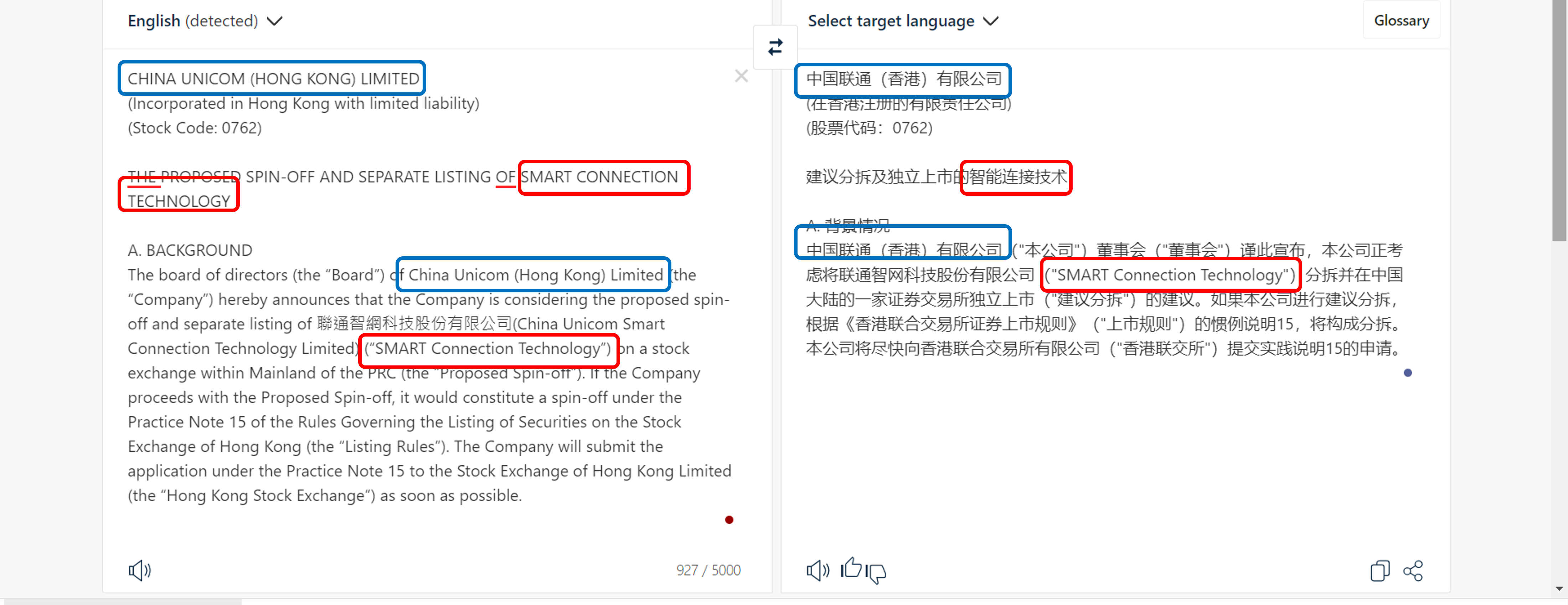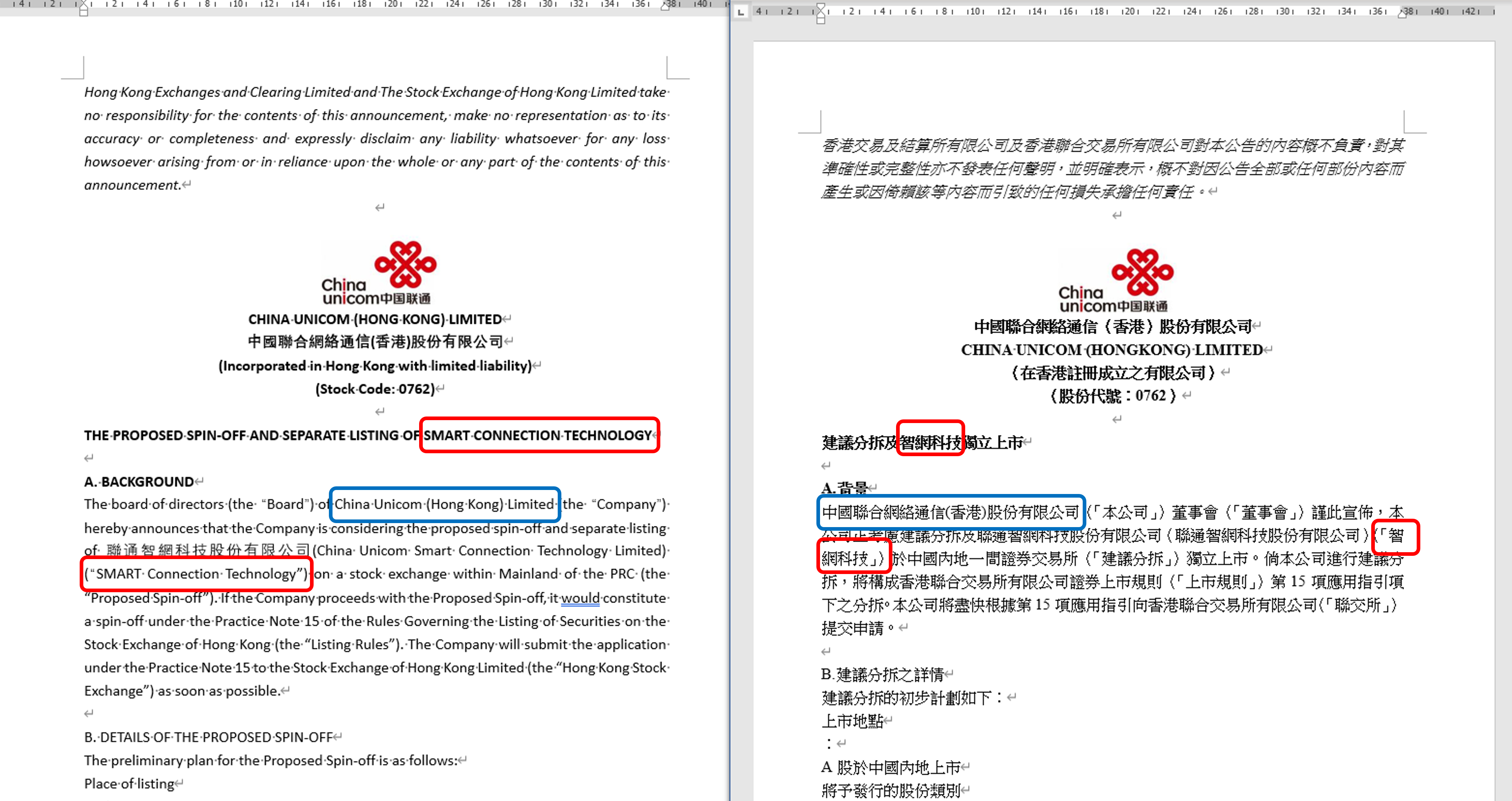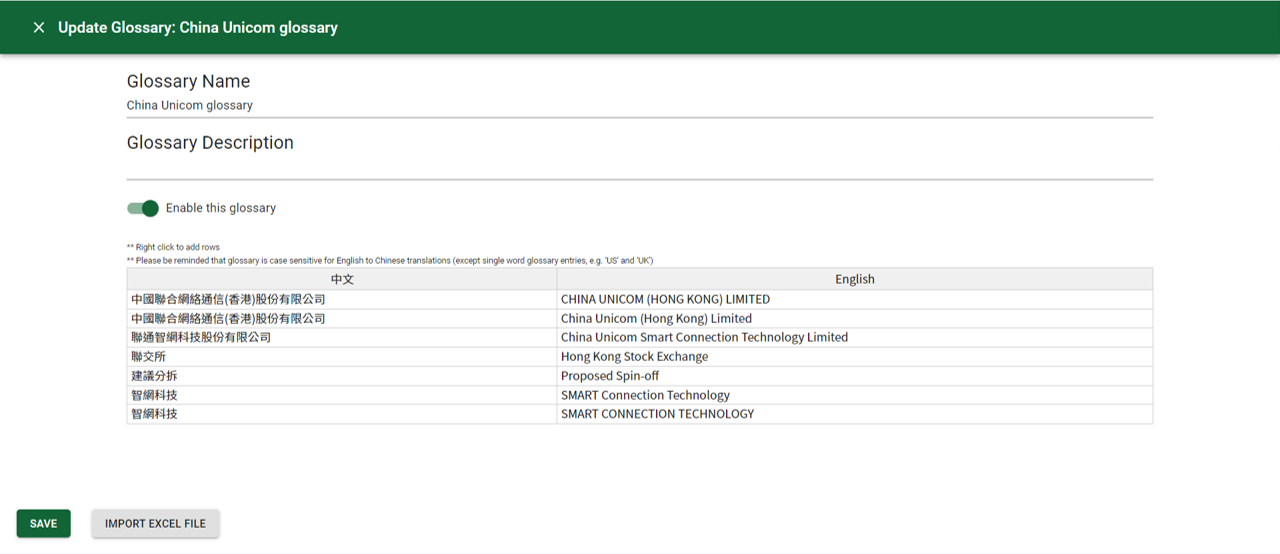How to resolve the translation inconsistency when applying translation engines?
Published on 15 September 2021 by Alice Chan
In recent years, there has been a wide range of translation software in the market. Although some general-purpose software cannot accurately translate specific terms and industry jargons, and the translation of specific terms is often inconsistent, it is efficient and convenient in use. These applications are still very popular for less demanding users.
As for financial translation, listing documents or investment product portfolios are professional, accurate and complete. The translation of any specific terms such as names of companies, individuals, investment vehicles or merge and acquisition projects should not be deviated in any way, as the slightest mistake or omission may cause significant losses to the companies or groups. Financial translation pursues not only accuracy, but also consistency. How to resolve the translation inconsistency when applying translation engines? This has become a hot topic for users of translation software.
Translation Engine A’s mistranslation and inconsistency of company names

DeepTranslate’s accurate and consistent translation of company names

With the function of customised glossary, DeepTranslate allows users to upload and use one or more customised glossary for each translation project. The artificial intelligence system of DeepTranslate will generate its translation according to the customised glossary, giving users full control of translation results and optimising the translation quality under deep learning.

In addition, the accounts of each company are independent, and their customised data will not be shared with other users. Users do not have to worry about the leakage of data such as customised glossary or translation memory. At the same time, DeepTranslate provides encryption capabilities for data to ensure high security and confidentiality.

